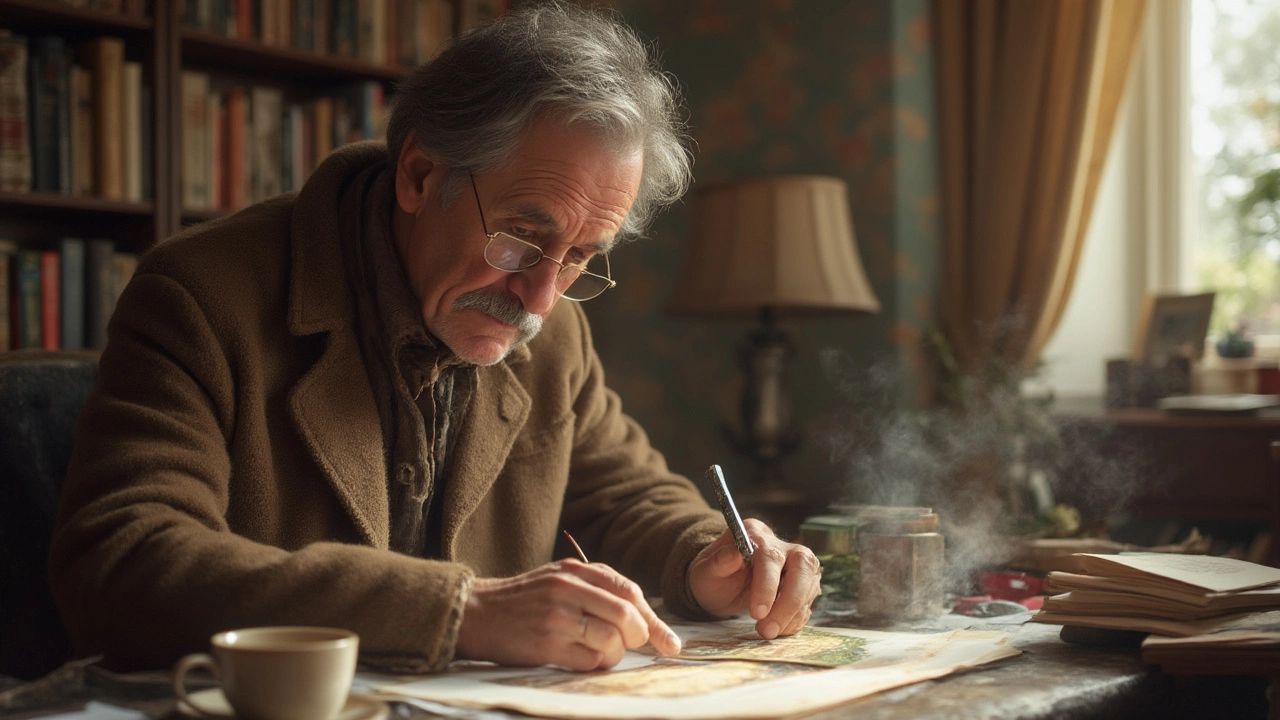Art Print Authentication: Simple Ways to Tell Real Prints from Fakes
If you love hanging prints on your walls, you’ve probably wondered whether a piece is the genuine article or a clever copy. Authenticating art prints doesn’t have to be a mystery. In this guide we walk through the most useful checks you can do right at home, plus a few tricks professionals use.
First off, look at the paper. Real limited‑edition prints are usually made on archival‑grade paper that feels thick and a bit textured. Cheap posters use thin, glossy stock that bends easily. Run your finger over the surface; a genuine print often has a subtle tooth that you won’t find on mass‑produced paper.
Next, examine the edition number. Limited editions are numbered like "15/100" or "23/250". The number should be printed or hand‑marked in the same ink as the rest of the image, not in a different color or font. If the numbering looks pasted on or the font is off, that’s a red flag.Signatures are another big clue. Artists sign their prints in ink that matches the rest of the work. A signature that looks like a printed label or is placed in a corner separate from the image often means it’s not authentic. Use a magnifying glass to see if the signature strokes are natural.
Check the Provenance and Certificates
Provenance means the paper trail that shows where the print came from. Ask the seller for a certificate of authenticity (COA) from the artist’s studio or a reputable dealer. A COA should include the artist’s name, edition size, edition number, and the date it was signed. If the certificate looks plain‑typed or missing details, ask for more information.
When buying online, request clear photos of the back of the print. The back often holds the edition number, artist’s signature, and any gallery stamps. A missing backside or blurred images can be a warning sign.
Spot Common Scams and How to Avoid Them
One popular scam is selling a “signed” print that’s actually a mass‑produced poster with a sticker signature. Look closely at the edges; stickers usually have a thin line of glue or a different texture. Another trick is reprinting a limited‑edition image after the edition sold out. If the artist’s studio has stopped print runs, any new copies are likely fake.
Finally, trust your gut. If a deal feels too good to be true, it probably is. Compare the price with similar prints from the same artist. Huge discounts often mean something’s off.By checking paper quality, edition numbers, signatures, provenance, and price, you can feel confident that the print you’re buying is the real deal. Keep these steps in mind next time you shop, and you’ll protect both your money and your love for art.

17 Jul 2025
Discover practical steps to spot authentic giclee prints and avoid fakes. Learn key identifiers, printing secrets, and must-know tips for art collectors.
Continue reading...
